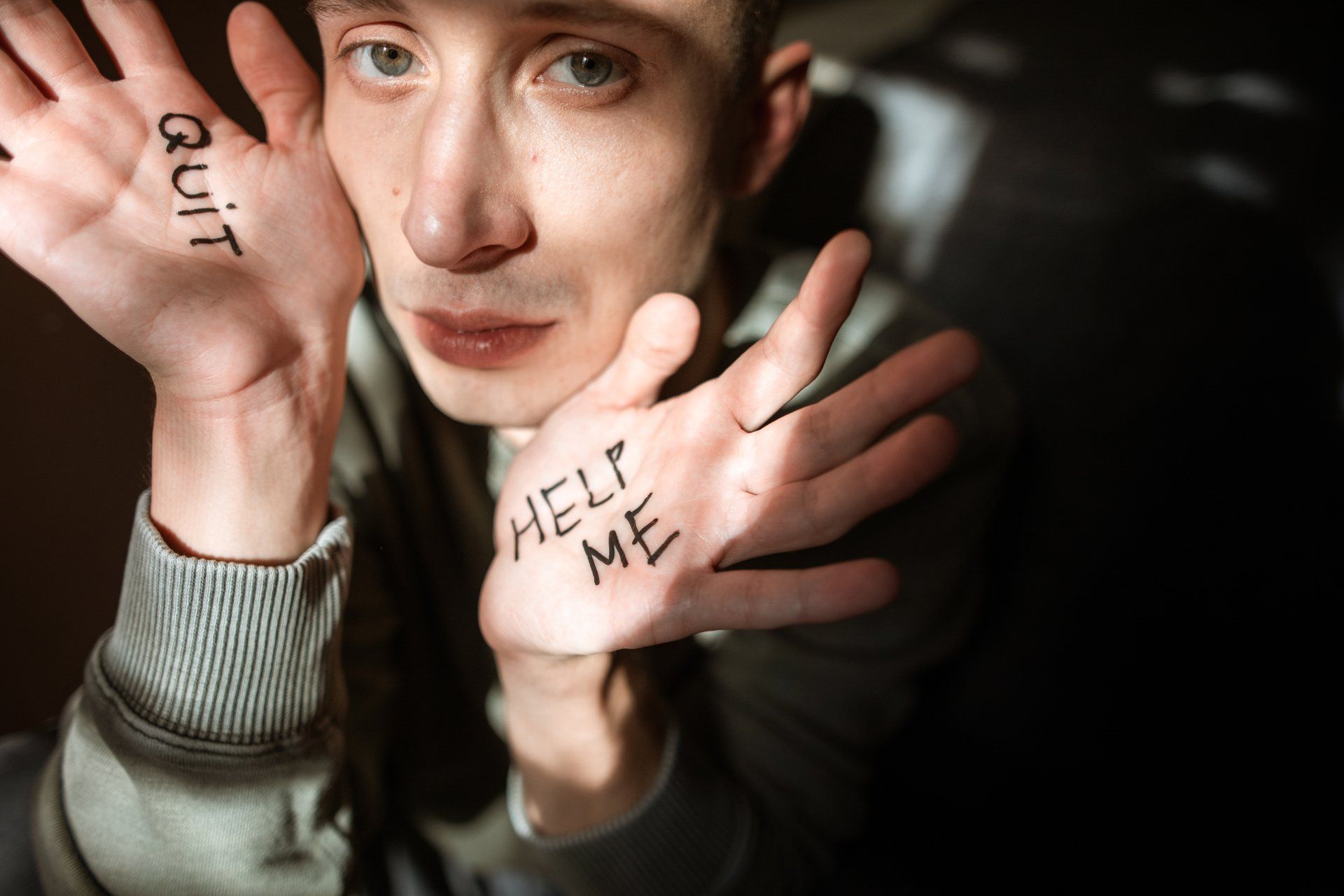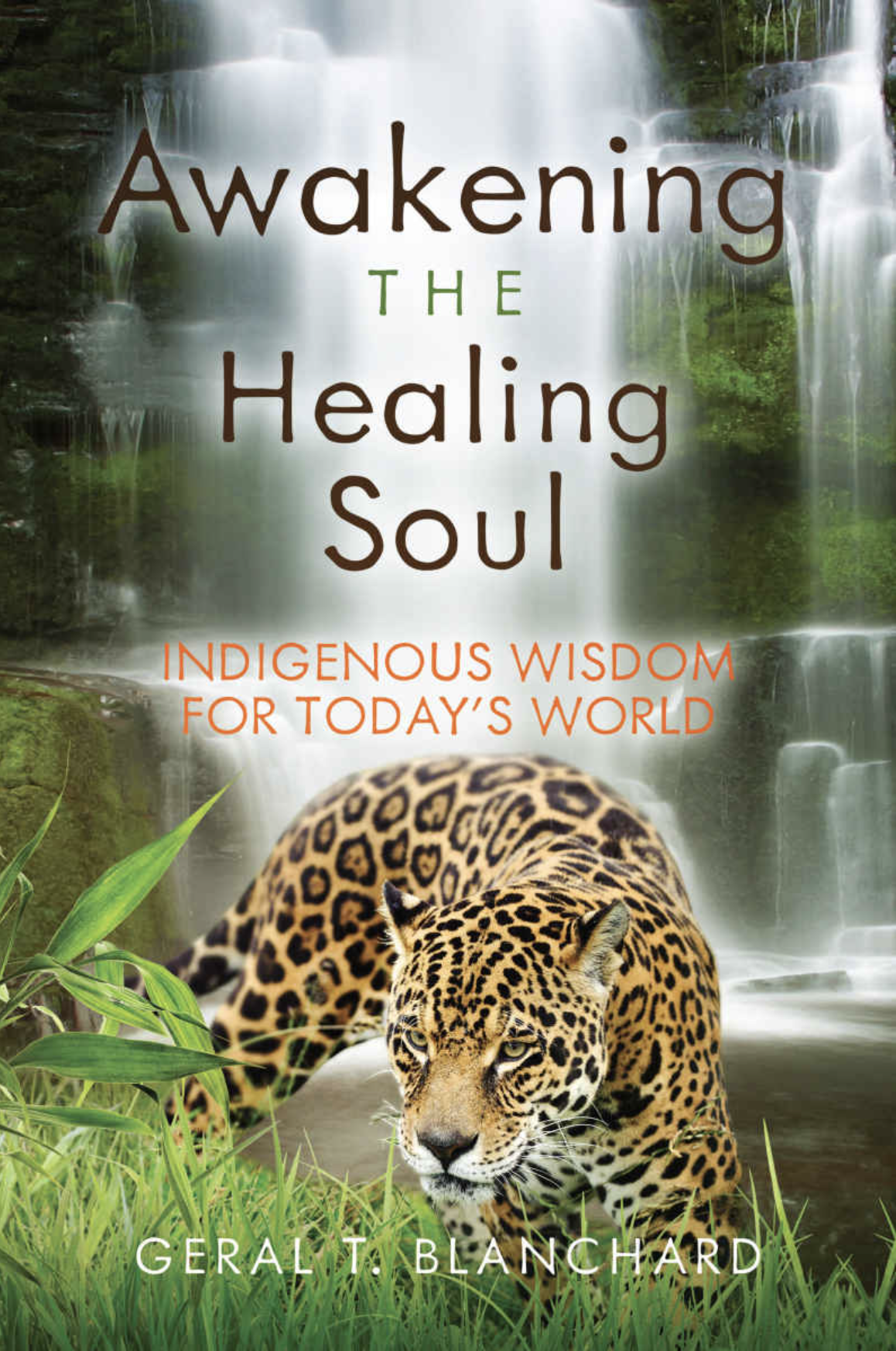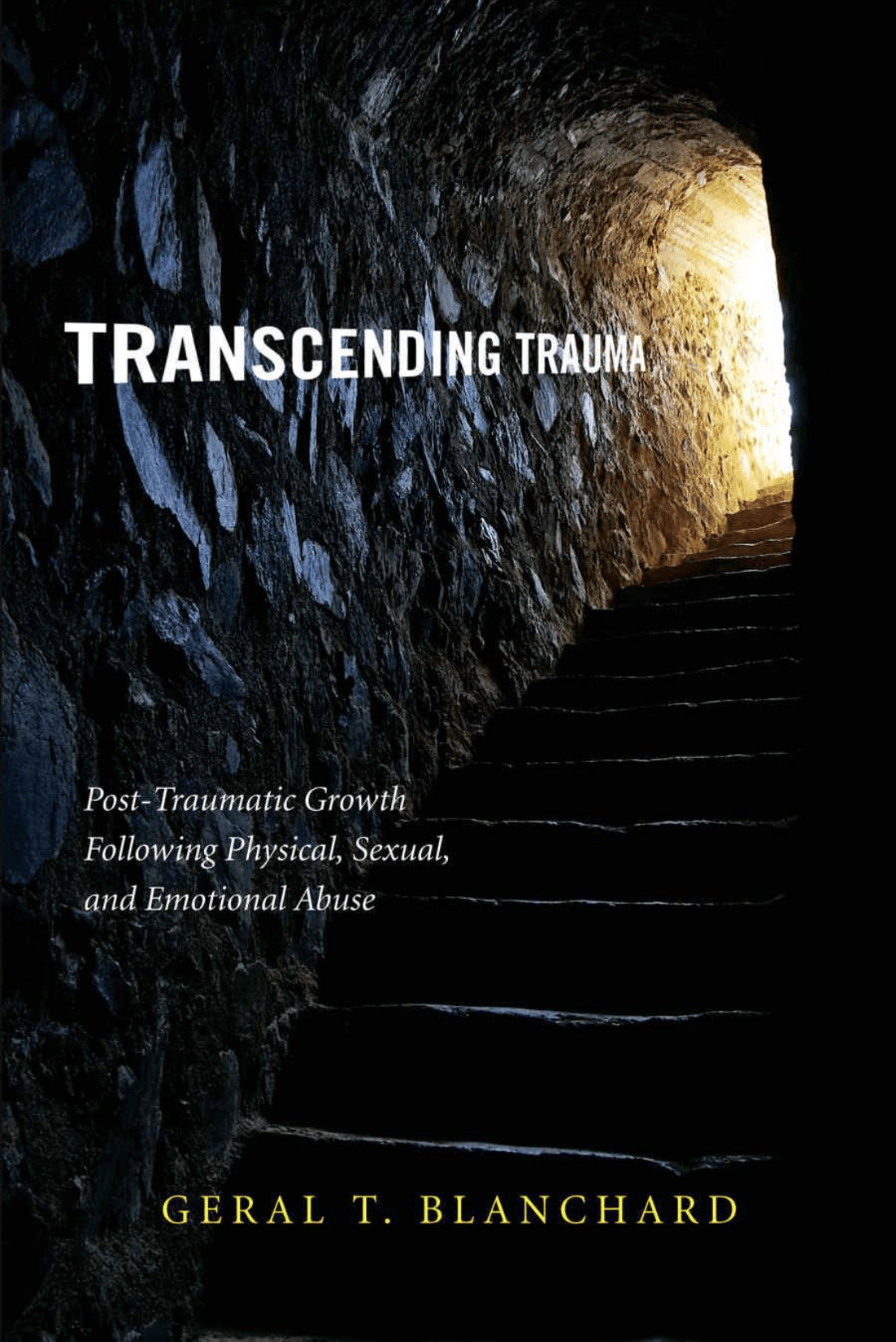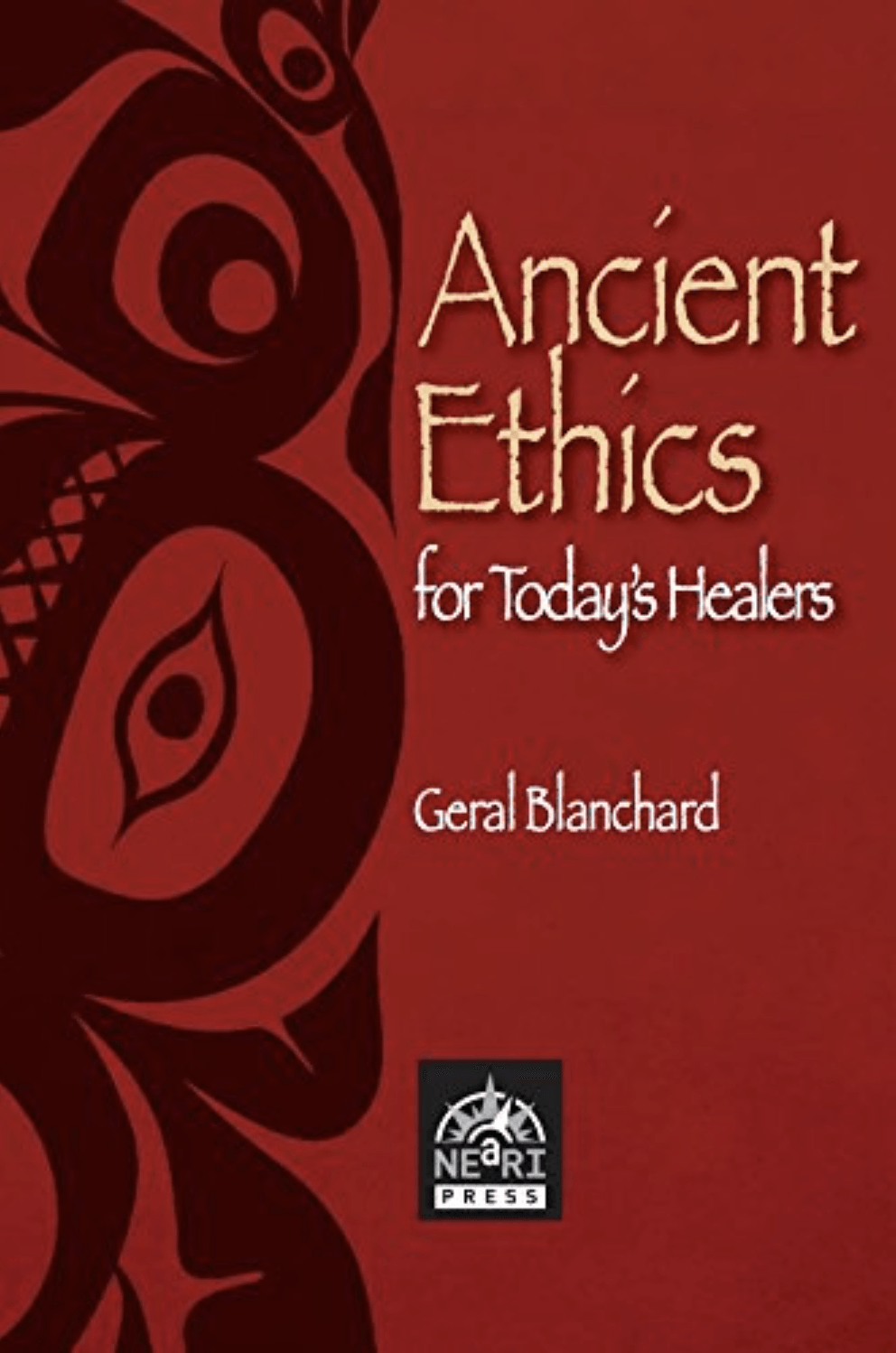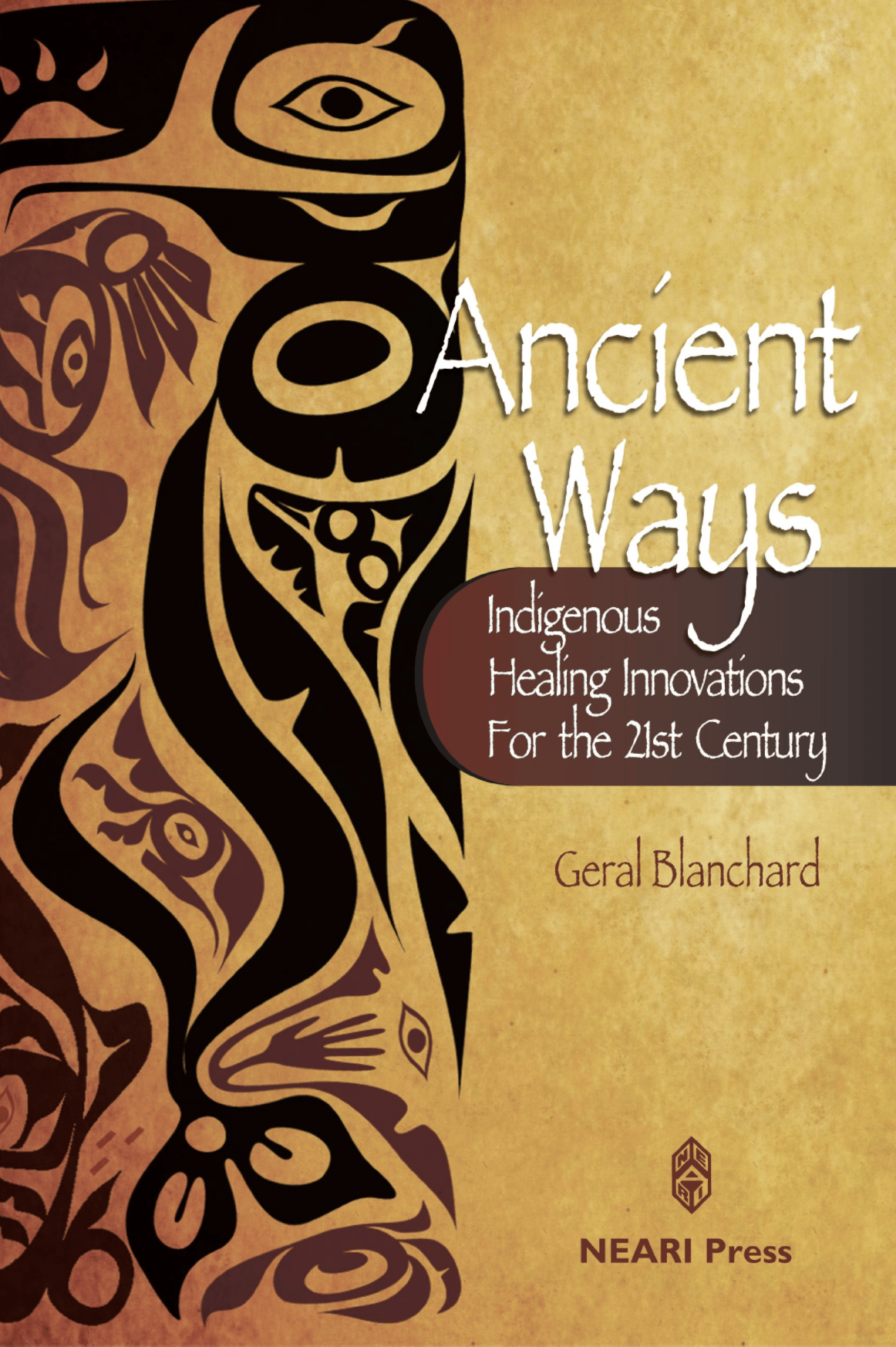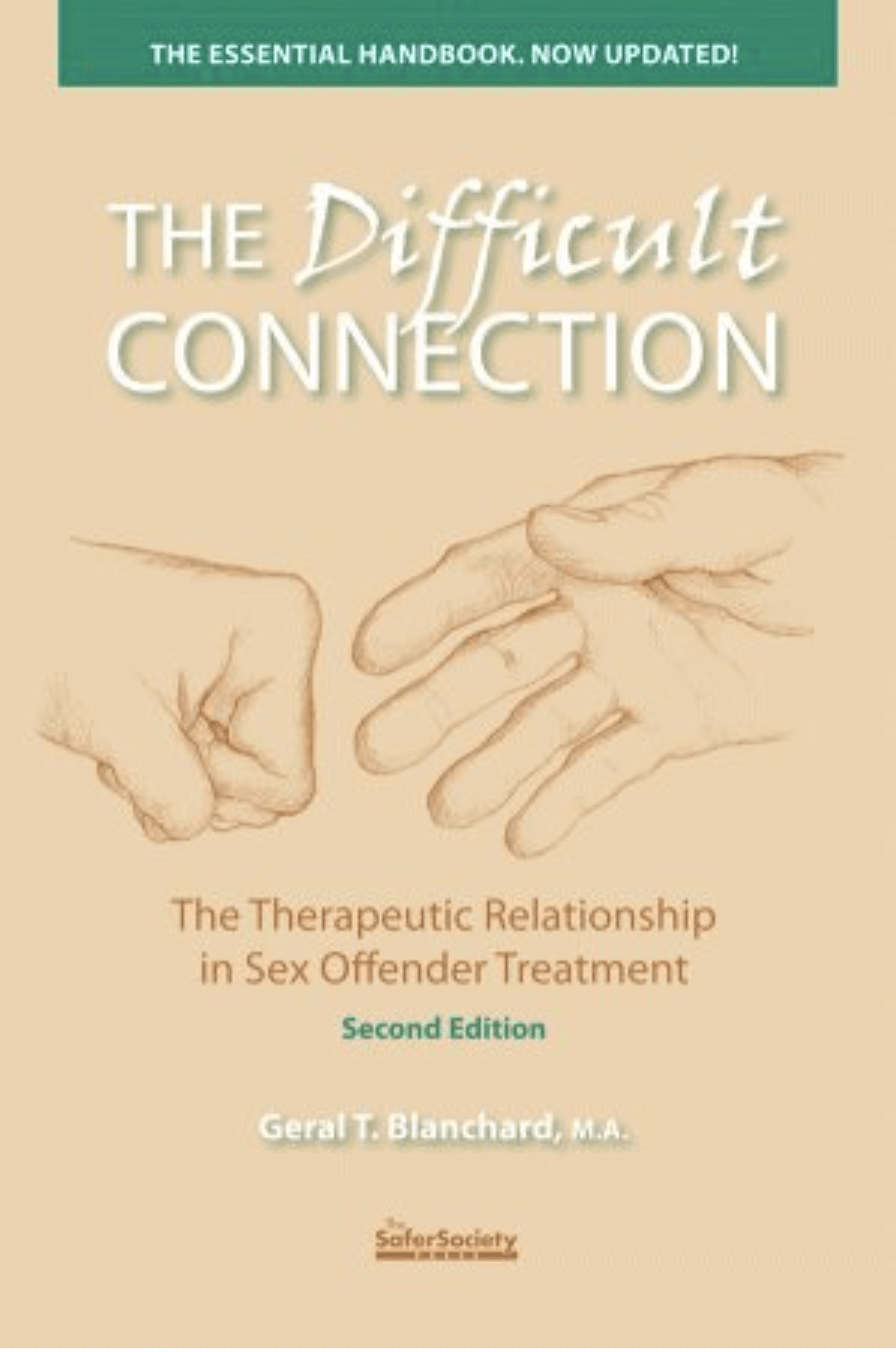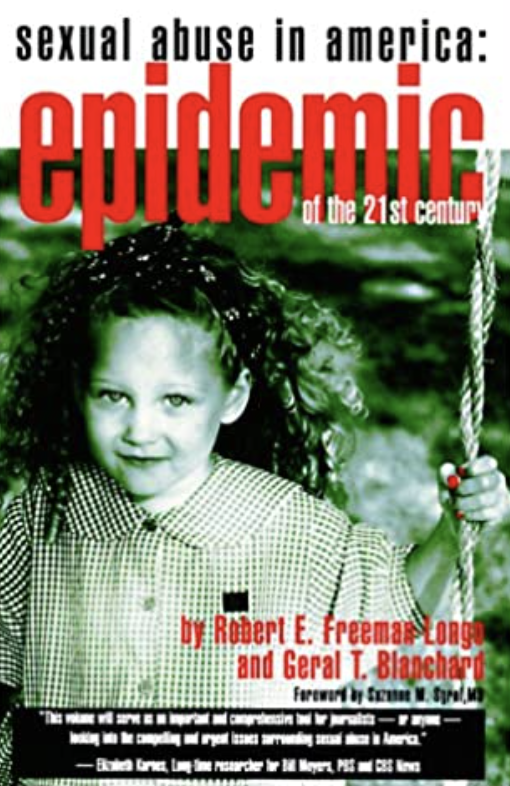Geral Blanchard, LPC, is a psychotherapist who is university trained in psychology and anthropology. Formerly of Wyoming and currently residing in Iowa, Geral travels the world in search of ancient secrets that can augment the art and science of healing. From Western neuroscience to Amazonian shamanism, he has developed an understanding of how to combine old and new healing strategies to optimize recovery, whether from psychological or physical maladies.
Getting to Know Anxiety
What is anxiety?
Anxiety is the nervous and unsettled tendency to worry, to look ahead apprehensively with a feeling of dread and foreboding, with unexplained or unwarranted fears. It is also a physiological reaction: a frightening pounding of the heart, sweating, hand trembling, foot twitching, weepy tearfulness, jerky motions, nervous tics, etc.
What else does anxiety do to us? It seems to interfere with sleep, causes us to be more irritable and angry than usual, easily distracts us so we can’t focus well, causes us to retreat into ourselves for a feeling of safety, and reduces our self-confidence.
What causes anxiety? For some it is caused by a chaotic or dangerous home environment, perhaps a traumatic situation where abuse is observed, experienced, or both. It can be the result of parental instability; maybe the fear their folks will divorce and they will be abandoned. Sometimes it is caused by social discomfort, what is called social anxiety, when we get nervous in new or crowded situations thinking we don’t quite measure up to others.
Very frequently, however, it is the result of an inherited brain anomaly. The lower region of the brain – the deep limbic system – may be revved up in the amygdala (fear response center) and the basal ganglia (anxiety production center) regions. Too much electrical stimulation of this area is frequently the culprit and needs to be calmed, either neurologically (electrically) and/or biologically (nutrients or meds). When this neighborhood of the brain is agitated, a negative mood state sets in and we “cop an attitude” or get depressed. And it blows a circuit in the upper brain region, particularly the frontal lobe, where crisp thinking occurs. When the lower brain is too “hot,” it can shut off our good thinking abilities until we can calm ourselves down. Then we seem to get smart again.
Can this be changed? Yup! Even if a person inherits a hyperactive deep limbic system it can be retrained, bringing it back to a normal functioning state again, and again, and again. Eventually the brain relents and neuroplasticity occurs, namely, a reset of brain activity happens. This takes a while. We can also do it with mind power, meditation being one example. Some people calm the brain by calming the body, yoga and aerobic exercise being great examples. Others have found profound relief from Alpha-stim treatments, a safe microcurrent stimulation of the lower brain region.
Do anxiety and depression occur together? Yes, more often than not because they are like first cousins. And when we get a handle on one, the other settles down. It is best when there is a dietary and exercise program in place that deals with both at once – a “tag team” approach. Fortunately, natural treatment remedies are now understood to be legitimate and very effective, as effective as pharmaceuticals with all their
side effects and great expense. Many of the nutrients have virtually no negative impact, and some even have unrelated
side benefits.
Are physical and cognitive ailments (poor thinking) linked to anxiety? Absolutely!
Often the symptoms of anxiety are misunderstood as serious physical ailments when they are not. Highly anxious persons have more physical symptoms than other folks. In part, this is because they become anxiously watchful. More hyperalert than others, they commonly spot bodily signs or disturbances very early on. We call this somaticizing.
Here is how it works: I get nervous (which is apprehension about bad things happening), I sense tightness in my body (maybe my breath, my muscles, my heart, etc.), and I worry that it may be the sign of a serious illness. My focus goes to the spot that is “wearing” my mental anxiety. This concentrated attention actually aggravates the symptomatic condition and I head to the doctor’s office. Interestingly, the reverse happens too; relaxation and joy diminish physical symptoms, even pain. So how we think can deceive us and worsen how we feel physically.
Now, here is the kicker. We go to the doc with very real symptoms. She/he examines us and says, “Sorry but I can’t find anything wrong with you. Maybe we need to do more testing or you need to see a specialist.” We go to another doc still feeling crappy and a bit frustrated, again nothing is discovered. The mistaken conclusion many folks make is, “He’s saying it’s all in my head; I’m a whiner, or worse yet, a wacko.”
Curiously, when the anxiety diminishes the body can take care of itself better. When our mental radar isn’t set on high alert, very real symptoms dissolve into nothing. The good news is this means that with a good intellect we can control many of our ailments. We can take control of much of our health. We just need to know the body’s psychosomatic system, that is, how we are connected top to bottom, how nervousness can cause actual aches and pains, intestinal problems, even things like temporary paralysis (freezing up). And we must beware of shallow people who carelessly say, “Oh, it’s all in your head honey, you need a psychiatrist.” No! It is more likely you need a health coach and your friends may need some counseling.
Do clients resist this therapeutic approach? Only all the time. They need good information and sufficient time to reflect before they start messing around with their brain, their thinking, and their body. And, what is also interesting is that when folks are depressed and anxious, their thinking is only about one third as accurate as it normally is. When anxiety and depression diminish, people feel smarter; the truth is, their brain is just more online. So it is a good idea to allow the computer to go online for you before swallowing any wild ideas, or any pharmaceuticals or supplements. Let the literature help you make a decision on your schedule.
*********
Other Topics
Basics of MDMA
Rituals and Ceremony
Brain and MDMA
Trauma
Heart
Energy Movement
Quantum Physics
Native Cosmologies
Nature
Spirituality/Enlightenment
Kogi Tribe
Books written by Geral T. Blanchard
More Articles






